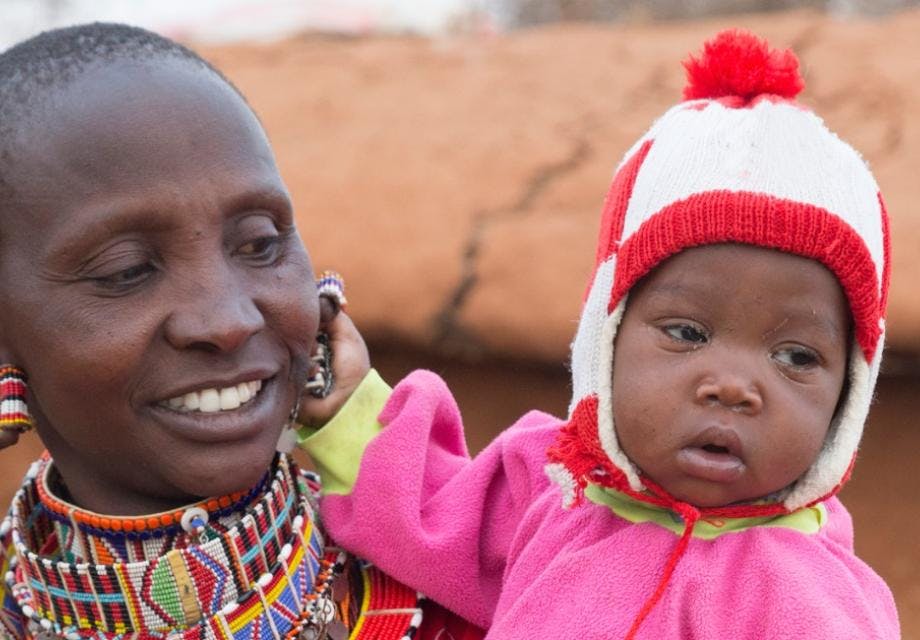Is it safe to use HIV self-testing to start people on PrEP?
Hester Phillips
08 February 2024
Providing people with PrEP in community settings using HIV self-testing to check eligibility could be a good way to expand access. But is it safe? New research from Kenya explores the issue
For many people, going to a health clinic is a big barrier to starting PrEP. That’s why researchers in Kenya have assessed whether offering PrEP to people in community settings based on HIV self-testing results is a feasible option.
What is the research about?
Before someone can take PrEP they need to take an HIV test to check they do not have HIV. HIV self-testing is one type of test they can take. This could be particularly useful for increasing access to PrEP in non-clinical settings like pharmacies, mobile sites or through home delivery. But results from HIV self-tests can be less accurate than facility-based HIV testing. This might lead to some people with HIV taking PrEP and developing drug-resistant HIV.
To explore this issue, researchers modelled four different testing scenarios for providing PrEP to heterosexual adults (ages 18–49) in western Kenya. These scenarios are healthcare provider tests (nucleic acid tests and rapid diagnostic tests) and HIV self-testing using either blood or saliva samples.
Why is this research important?
Kenya wants to expand community-based HIV prevention services to ensure that 10 million people are on PrEP by 2025. But community-based PrEP needs to get its HIV testing approach right. This means checking that self-testing won’t lead to higher numbers of people with HIV taking PrEP compared with other testing methods.
What did they find out?
The modelling found that, if 29% of adults were on PrEP over the next 20 years, 54% of HIV infections and 17% of AIDS-related deaths would be averted. These outcomes were similar across the four HIV testing approaches. This shows how effective PrEP could be if there was large-scale access.
All four testing approaches resulted in low levels of PrEP-related drug resistance. These were estimated at 0.8% for saliva-based HIV testing, 0.6% for blood-based HIV self-testing, 0.3% for rapid tests done by health providers, and 0.2% for nucleic acid tests done by health providers.
The cost of implementing PrEP using HIV self-testing or provider-administered rapid tests were similar. Nucleic acid testing was around 50% more expensive.
What does this mean for HIV services?
The benefit of using HIV self-testing to enable greater access to PrEP outweighs the risks of PrEP-associated drug resistance.
Evidence from other studies suggest that being able to self-test for HIV may encourage more people to use PrEP. For example, the SEARCH trial looked into people’s choice of testing to access HIV prevention. Half of study participants chose self-testing over provider testing, and this increased to 71% by the end of the trial. Another study which assessed people’s preferences for PrEP delivery through online pharmacies in Kenya found that participants much preferred HIV self-testing over provider testing.
Policymakers should consider allowing HIV self-testing to be used to enable people to access PrEP in community settings. Using the evidence presented in the modelling study and elsewhere could be an effective advocacy strategy to make progress in this area.
Get our news and blogs by email
Keep up-to-date with all our latest news stories and blogs by signing up to the Be in the KNOW news digest.
